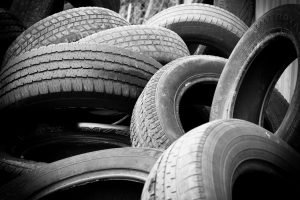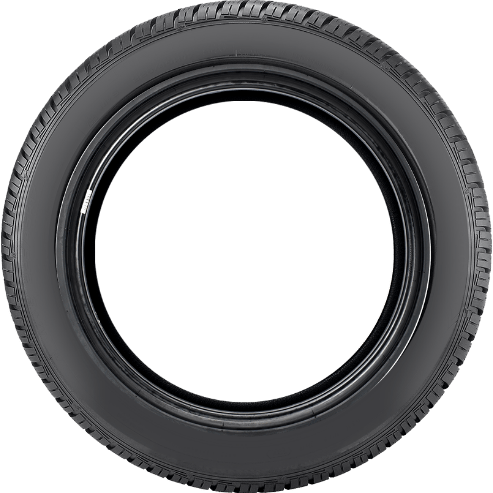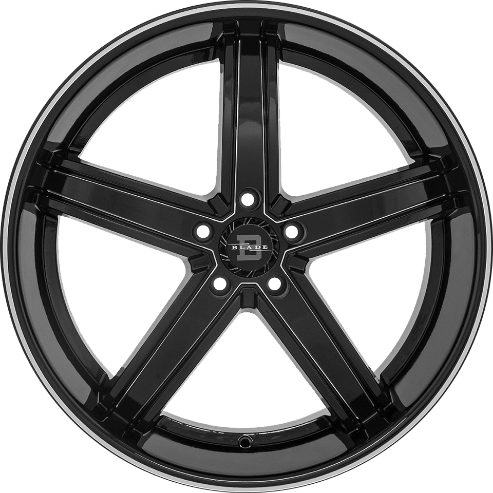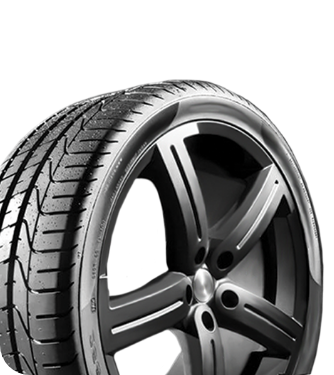

When Is the Right Time To Buy New Tires?
Tires |Your tires are one of the most critical components of your vehicle. Despite their importance, many drivers overlook tire maintenance until a problem becomes apparent, such as a flat tire or a failed inspection. Knowing when to buy new tires is crucial for staying safe on the road and maintaining your car’s optimal condition.
Our guide will walk you through the key signs that indicate it’s time for a new set of tires. We will cover how to check your tire tread depth, understand the age of your tires, and recognize the physical signs of wear and tear. By learning what to look for, you can make an informed decision that ensures your safety and optimizes your vehicle’s performance.
Check Your Tread Depth
Manufacturers design tire treads to grip the road, channeling water, slush, and snow away from the tire to maintain traction. As you drive, the tread gradually wears down. Once it becomes too shallow, your tires can’t grip the road effectively, especially in wet or icy conditions. This significantly increases your risk of hydroplaning and losing control of your vehicle.
You should replace your tires when the tread depth reaches 2/32 of an inch. While this is the legal minimum in most states, safety experts recommend waiting no longer than this. Tire performance, particularly braking ability in wet conditions, starts to decline significantly once the tread wears down to 4/32 of an inch.
The Penny Test
A simple and effective way to check your tread depth is with the classic penny test. It’s a quick visual inspection that can be done in minutes.
- Take a standard US penny and place it with Abraham Lincoln’s head upside down in the center of your tire’s tread groove.
- Look at how much of Lincoln’s head is visible. If you can see the top of his head, your tread depth is below 2/32 of an inch, and it’s time to replace your tires immediately.
- For a more proactive approach, if the tread doesn’t cover part of Lincoln’s hair, it’s a good sign that your tires are wearing thin and you should start planning to buy new tires.
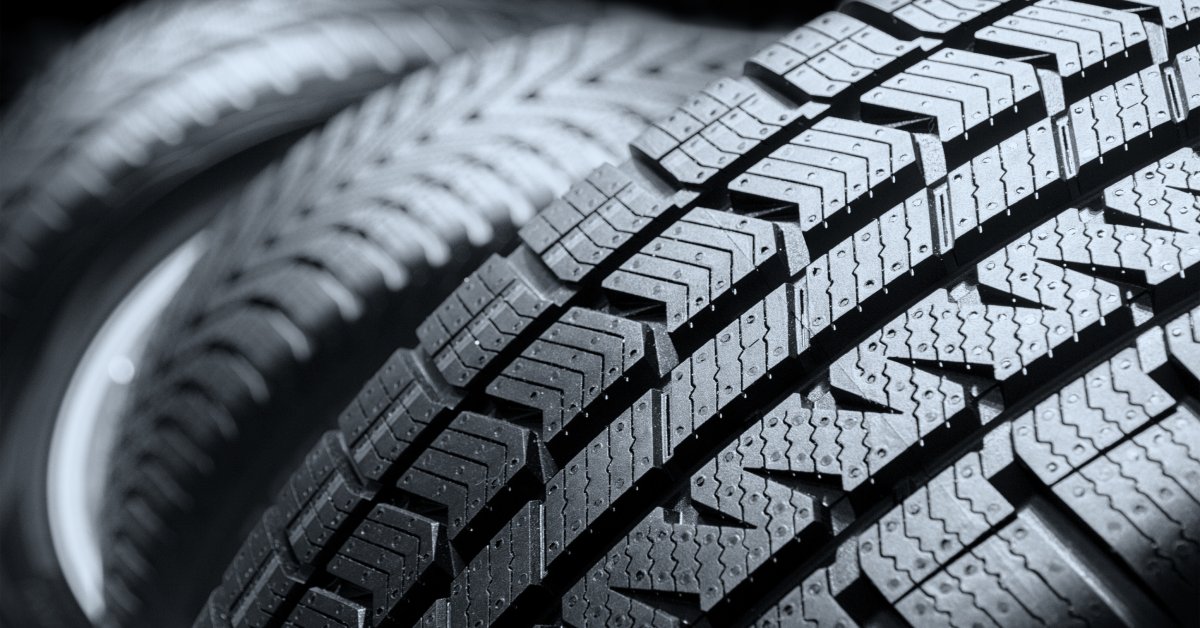
Tread Wear Indicator Bars
Modern tires also have a built-in feature to help you monitor tread wear. Small, raised bars of rubber, known as tread wear indicator bars, mold into the bottom of the tire’s groove. As your tires wear down, these bars move closer to the tread surface.
When you can see one or more of these bars, your tread depth has reached the 2/32-inch mark, signaling that it’s time for new tires. Check several spots around each tire, as uneven wear can cause the bars to be visible in some areas but not others.
The Age of Your Tires Matters
Even if your tires have plenty of tread left, their age is a crucial factor. Over time, the rubber compounds in tires break down due to exposure to environmental elements, including UV rays and oxygen. This process, known as oxidation, occurs whether the tires are in use or not. Old tires can become brittle and are more prone to sudden failure, which can be extremely dangerous while driving.
Most vehicle and tire manufacturers recommend replacing your tires every six years, regardless of tread wear. Some may extend this to ten years, but it’s best to check your vehicle’s owner’s manual for specific guidance. Ignoring the age of your tires can put you at risk, as an older tire can look perfectly fine on the outside while being structurally unsound.
How to Find Your Tire’s Age
You can determine the age of your tires by reading the DOT code stamped on the sidewall. This code provides information about the tire, including the date they were manufactured.
- Look for the letters “DOT” on the tire’s sidewall.
- Following the DOT letters is a sequence of characters. The last four digits of this sequence represent the week and year manufacturers made the tire.
- For example, a code ending in “3221” means the tire was made in the 32nd week of 2021.
If your tires are more than six years old, experts recommend having them inspected by a professional, even if they appear to be in good condition. A tire professional can identify signs of aging that may not be visible to an untrained eye.
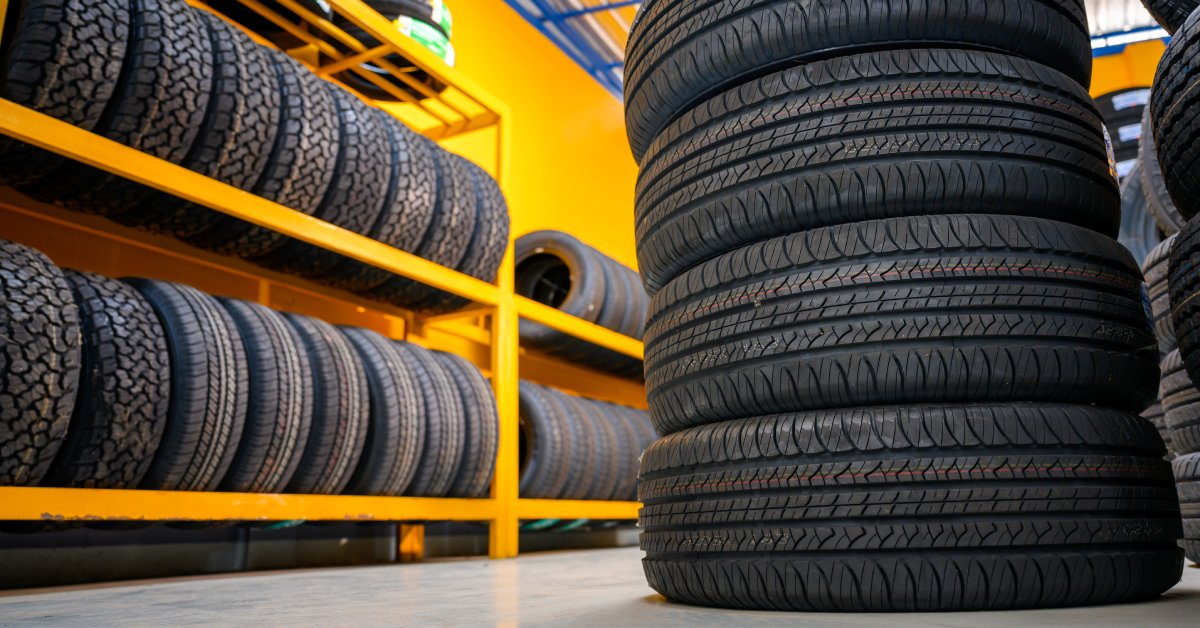
Look for Signs of Physical Damage
Regularly inspecting your tires for visible damage is a vital part of regular car maintenance. Commuting in urban and suburban areas often means encountering potholes, curbs, and road debris, all of which can damage your tires.
Cracks and Bulges
Inspect the sidewalls of your tires for any cracks, cuts, or bulges.
- Cracks in the sidewall, which can look like a network of tiny lines, are a sign that the rubber is aging and breaking down. These can lead to a blowout.
- Bulges or blisters on the sidewall indicate that the tire’s internal structure has been damaged, likely from hitting a pothole or curb. Air has seeped into the outer layers of the tire, creating a weak spot that could burst at any moment. If you see a bulge, replace the tire immediately.
Uneven Wear
Your tires should wear down evenly across the tread. If you notice uneven wear patterns, it may indicate underlying issues with your vehicle that require attention.
- Center Wear: If the center of the tread is wearing down faster than other parts, your tires are likely overinflated.
- Edge Wear: If both outer edges are wearing down faster than the center, your tires may be underinflated.
- Scalloping or Cupping: Dips or scallops around the edge of the tread often indicate problems with the vehicle’s suspension, or the wheels need to be balanced.
- One-Sided Wear: If one side of the tread is wearing much faster than the other, your wheels are likely out of alignment.
Addressing the root cause of uneven wear, whether it’s improper inflation, alignment, or suspension issues, is crucial. Not only will it help your new tires last longer, but it will also improve your vehicle’s handling and safety.
When You Should Replace Your Tires
Buying new tires is an investment in your safety. Don’t wait for an emergency. If you notice any of the warning signs we covered in our guide, then go to a trusted tire shop to buy new tires.
You can find reliable tires in McAllen with RNR Tire Express. Our team can help you find the right tires for your vehicle, keeping your car moving forward smoothly. Contact us today to receive a quote on new tires.
